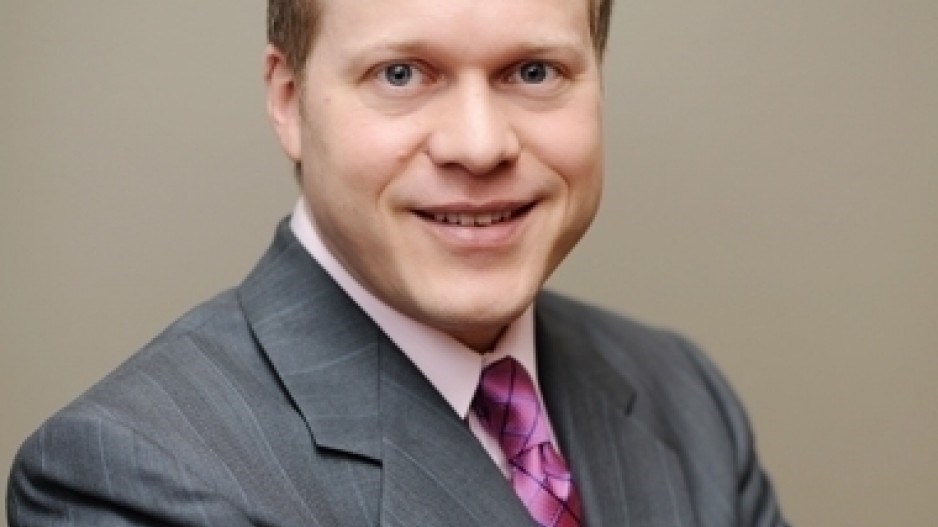Business in Vancouver's "How I Did It" feature asks business leaders to explain in their own words how they achieved a business goal in the face of significant entrepreneurial challenges. In this week's issue: T-Ray Science's founder Thomas Braun on partnering with the BC Cancer Agency to develop a better skin cancer detector.
"When I incorporated T-Ray Science in 2006, we were the only skin cancer detection company in Canada. We had just done an IPO and had $1.5 million in the bank.
"One of the key members we recruited was a cancer imaging expert named Branko Palcic from the BC Cancer Agency to a scientific advisory board. He introduced us to the biophysicists who invented the [Verisante Aura] device – Haishan Zeng, a senior scientist at the BC Cancer Agency, Harvey Lui and David McLean.
"The technology used by the BC Cancer Agency was just more well developed. What we were working on before was farther out. They had actually been working on this for 10 years, so they started way before we started.
"They've identified unique spectral markers. On your body, the vast majority of moles and strange lesions are benign. The Aura can, almost instantly, determine whether a lesion is a high risk for cancer or a low risk. It helps doctors determine which lesion to biopsy.
"I had a thorough understanding of the space, and I realized the BC Cancer Agency [technology] was by far the best, probably, in the world. When the light bulb went on, I realized that whoever gets this technology is going to win the race, so I felt I had to have it.
"They had tested it on 1,000 lesions. That was enough of a clinical study to get the approval from Health Canada and the European Union – which is 27 countries – and Australia. That shortened our time to market by years. It was key to being able to raise more money, because the backdrop to all of this is that in October 2008 the market crashed and has been limping along ever since. So it's been very hard to raise money. But because we now have such a compelling proposition, we've been able to raise over $9 million this year.
"The device is developed, and we're moving into mass production. We're hoping to sell about 95 units in Canada, Australia and Europe.
"There are 21,000 dermatologists in Europe, so we've got a pretty good market. And in Canada there's only one dermatologist for every 60,000 Canadians. In Victoria, it now takes 12 months to get an appointment with a dermatologist, so this addresses the shortage of dermatologists in Canada.
"We've got potential buyers for this company. Once small medical device companies get to a certain point, bigger companies want to buy them out. Those big companies are cash-rich and pipeline poor. Right now, the biggest companies are sitting on piles of cash that they're not spending. What we have is a huge pipeline that gives us multiple shots on goal." •




